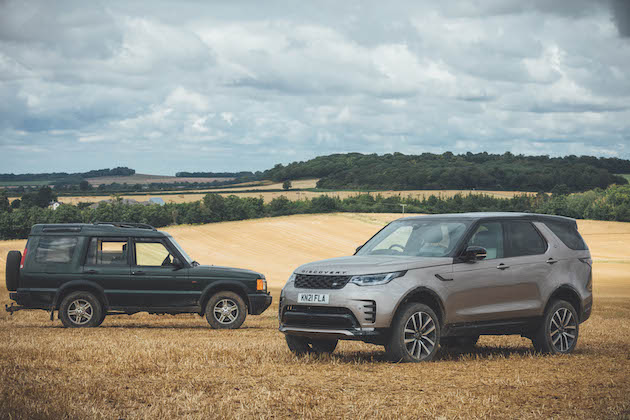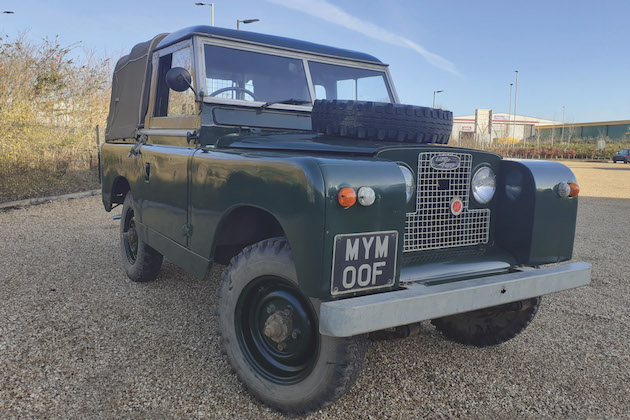Gamekeeping product reviews
Best 4×4 tyres – choosing the right ones for your car
Would you like to speak to our readers? We offer sponsored articles and advertising to put you in front of our audience. Find out more.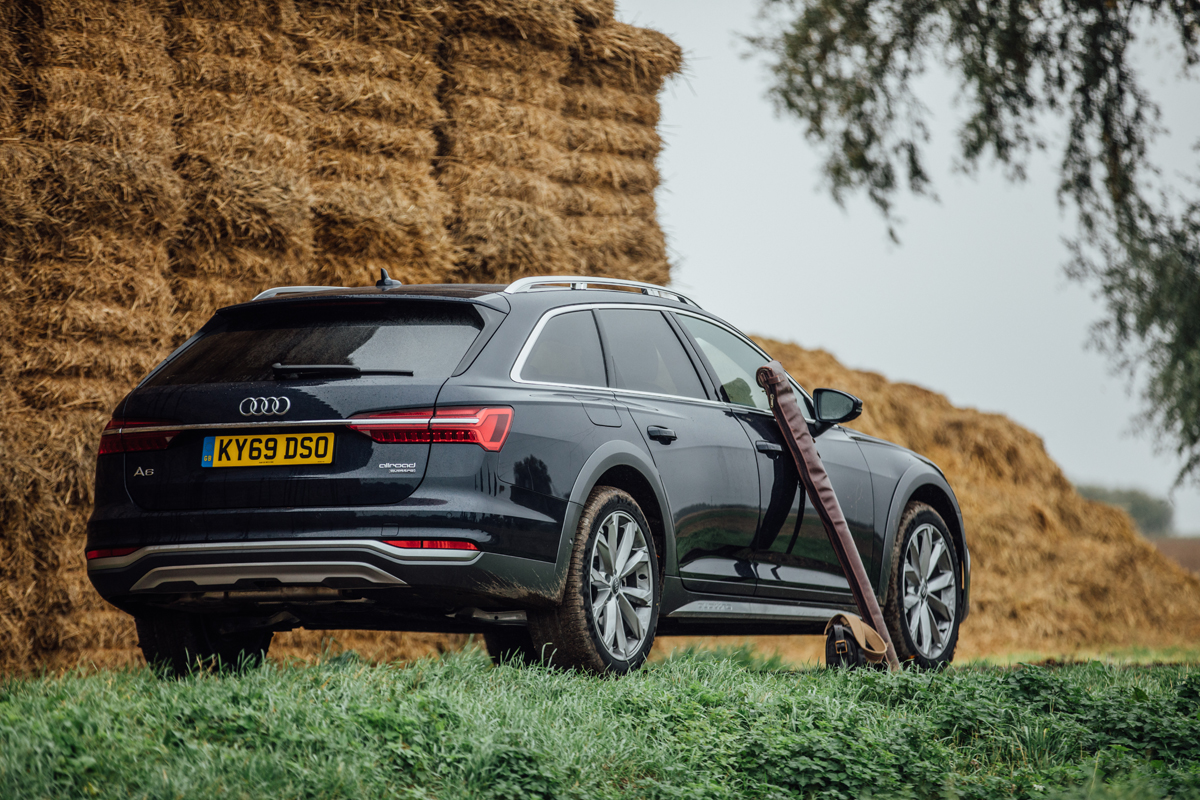 Audi A6 allroad
Audi A6 allroad
Tyres
You hear lots of things said on the back of gun buses. Many of them are total nonsense. One oft repeated remark is that a 4×4 is only as good as its tyres. Unusually, it’s an utterance that is largely true. We’ve got to that wonderful time of year when the combines are rolling, a lucky few are shooting grouse, and the rest of us are starting to think about our kit for the season ahead. Guns, untouched since January, are being dusted off and thousands across the country are discovering their breeks no longer fit. What about tyres, though, when did you last think about them? Almost every year I come across somebody driving a lovely car, which in theory is very capable, if only it had the correct sort of boots.
Running shoes or Wellies?
Most trucks and SUVs are fitted with standard road tyres, which are fine if you’re predominantly motorway driving, but how far off piste will you get? Despite subscribing to the idea that a truck is only as good as its boots, there are exceptions. There is a tendency to think big 4x4s are capable (they look mean after all) but wherever you find a Hilux stuck in the mud, you’ll often find a little 4×4 with skinny wheels driving out of the quagmire like it’s on an A road. Suzuki Jimny drivers are often prime suspects. Many of you will remember Land Rover’s always being fitted with skinny wheels and tyres, which weren’t overly nobbly like you see today. The fact is, lighter vehicles, and vehicles with good weight distribution (e.g. where the weight sits squarely over all the wheels, rather than the likes of a pick up) can get away with less ‘rugged tyres’ than the big beasts of the off-road vehicle world.
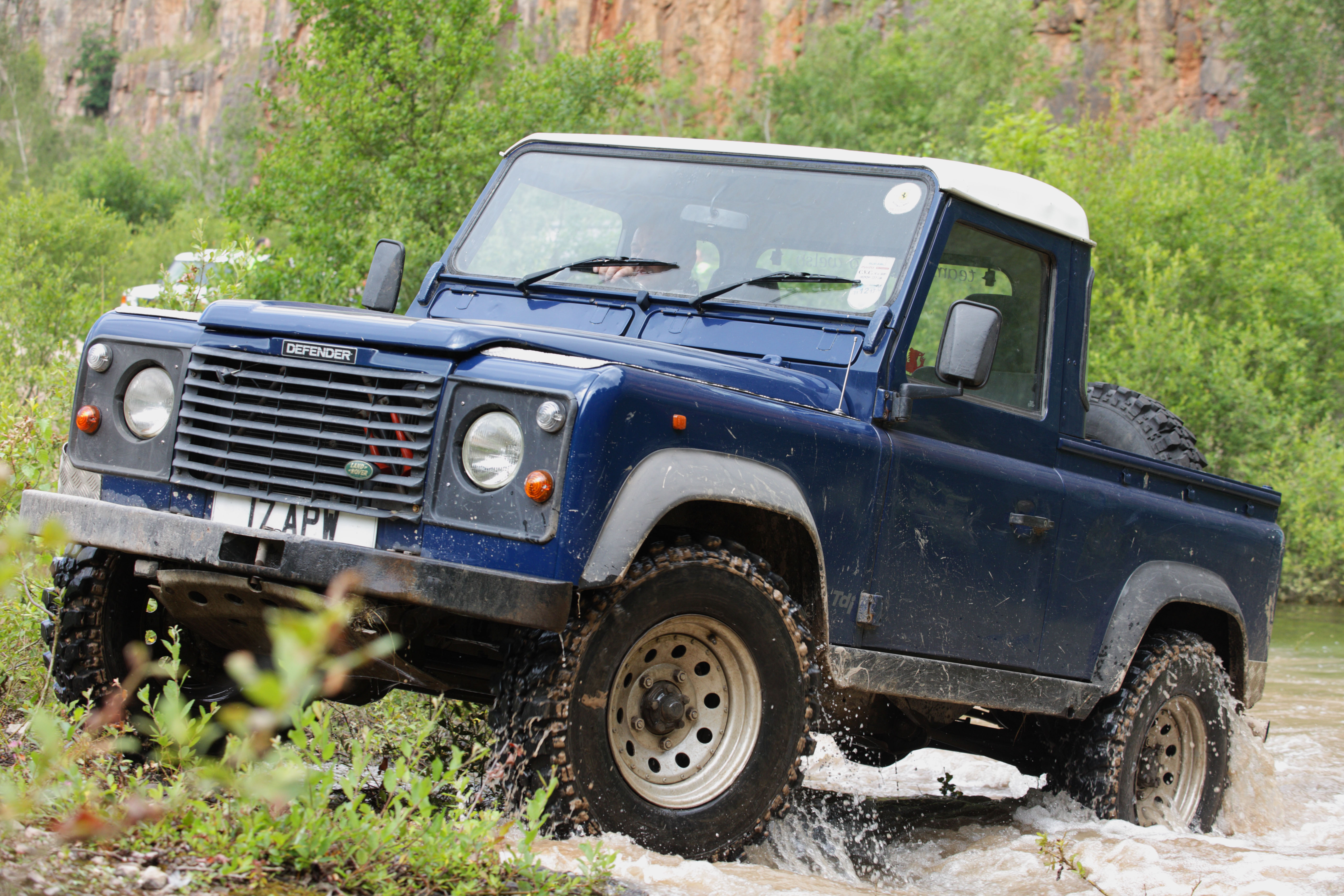
Land Rover’s often had skinny tyres, which actually helped with off-roading
Like hoovers and dishwashers, and I know how keen you are on those, modern tyres are like household appliances, there’s a rating for everything: fuel efficiency, noise, then there’s “mud” and “slush” capability. Throw in further choices of summer and winter, if they’re reinforced and can run flat, and truly, you’re in a minefield and there’s as many choices as there are manufacturers.
A tyre for all seasons
We’ve all, at some point, found ourselves hot under the colour when shooting late Autumn partridges. Lately, we’ve been having some warm Indian summers and the weather hasn’t really turned until after the pheasants are fighting fit. This means, you might get away with your road tyres until about this point but in late October there may be some tow rope action required if you don’t sort those boots out and if you’re driving a chunky truck with slicks, you may be seriously limited.
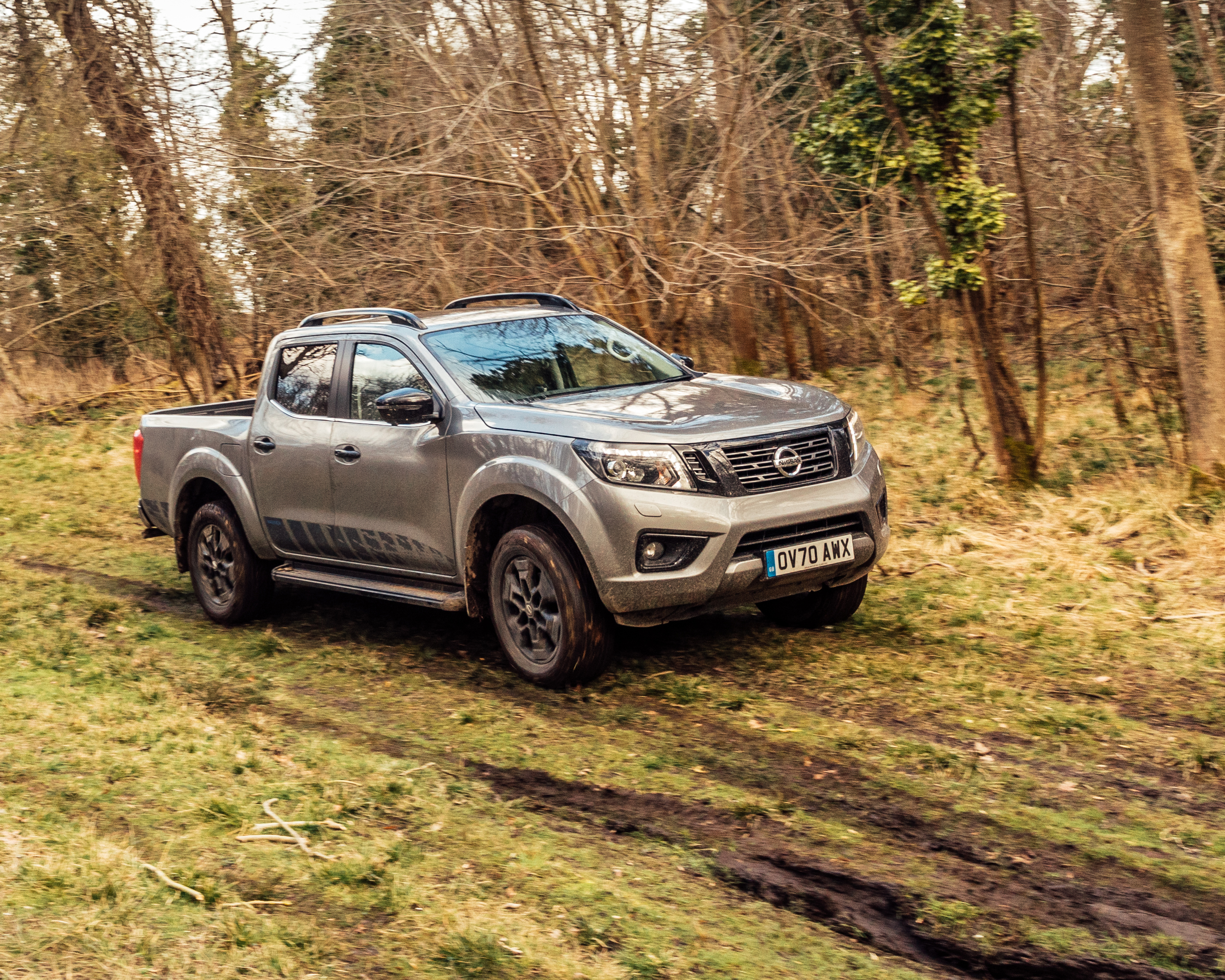
Don’t be fooled – even big capable pick-ups are liable to get stuck without the right tyres
Like many fieldsports-related purchases, honesty is the best policy. If you’re on a small Lincolnshire partridge syndicate, you probably don’t need a pair of 32 inch barreled perazzis, if most of your stalking is muntjac from a high seat, you maybe don’t need a custom made Rigby and if you’re going to be sticking to wet grass and the odd track, your Disco perhaps doesn’t need mud terrains so where to start?
Our European cousins
Over in Europe the “winter tyre” is a top choice of sensible sorts. They pretty much do what it says on the tin. They have a heavier, coarser rubber and tread pattern which can be a bit more effective off road. The secret of their effectiveness (as far as road going is concerned) is that the rubber content is higher meaning they don’t harden up so much in freezing conditions. In truth, lots of us who live in the relative wilds, where councils are mean with their salt, often end up on icy roads, where these really come into their own. However, keep them on in the summer, and you’ll consume more fuel, as well as experiencing the joys of reduced braking distance; most manufacturers suggest taking them off when temperatures pass 7 degrees.
All season
The all-season is a bit of a halfway house – you can run them above 7 degrees without worrying. For those who don’t want two sets and for whom the going never gets that rough, they can be a very good option
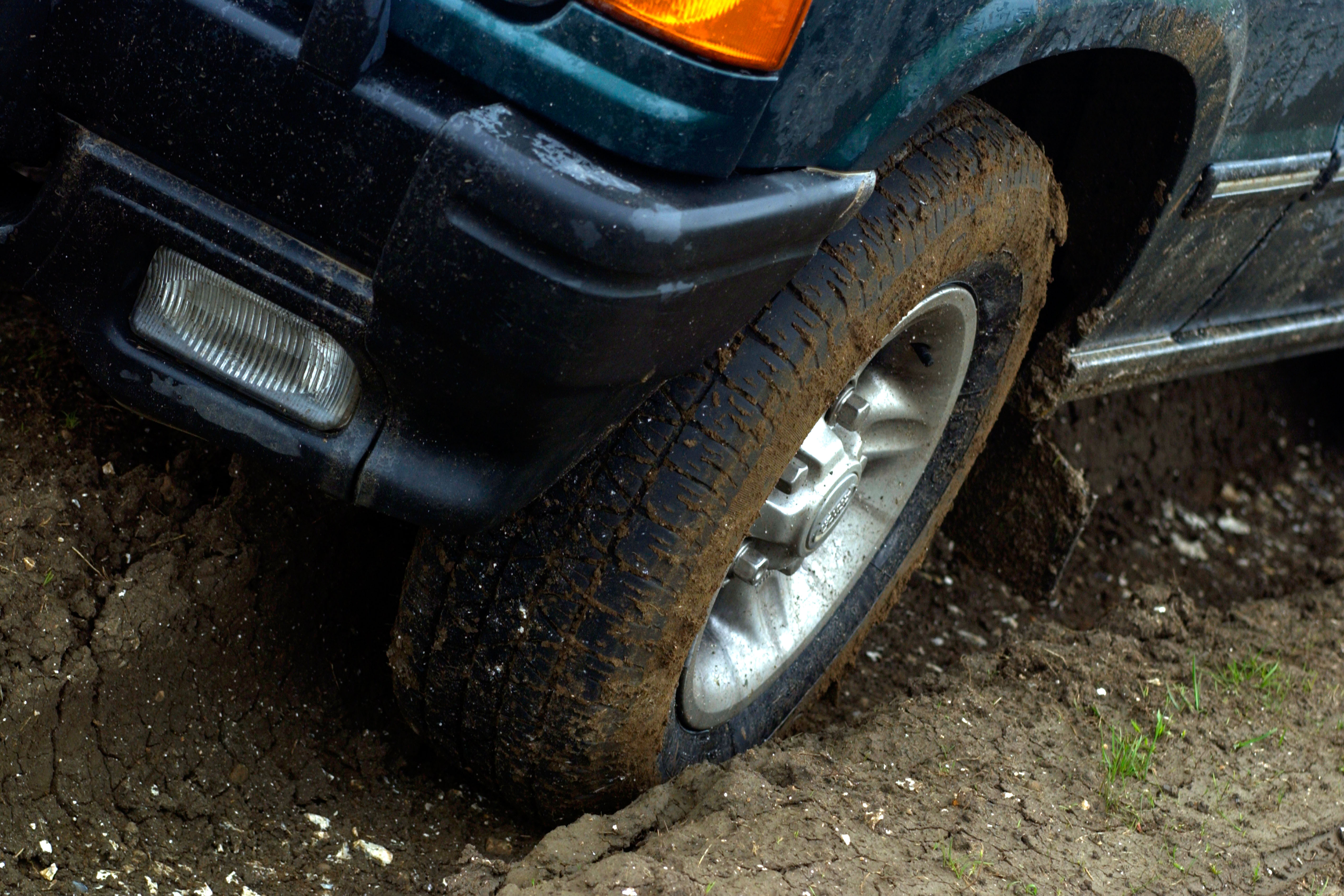
All-season tyres could be the best of both worlds
Beyond all seasons
This is where we normally find the proper off road tyre selection or Mud Terrain (MT), and slightly less-rugged All Terrain (AT). For most of us, an AT will be satisfactory and they don’t pose too much worry in terms of both noise and fuel consumption if we aren’t doing massive motorway miles. There’s generally two or three options of how “off road” these tyres are. The highest level AT tyres, like the Goodyear Wrangler, will normally be reinforced with Kevlar and have a coarse and heavy tread, while still being relatively comfortable going round roundabouts. Meanwhile, MTs such as the old favourite from BF Goodrich, have partly treaded sidewalls. BFG suggests this offering is the ideal thing for when 80% of your driving is off road. How many of us, other than keepers, can really claim to do that?
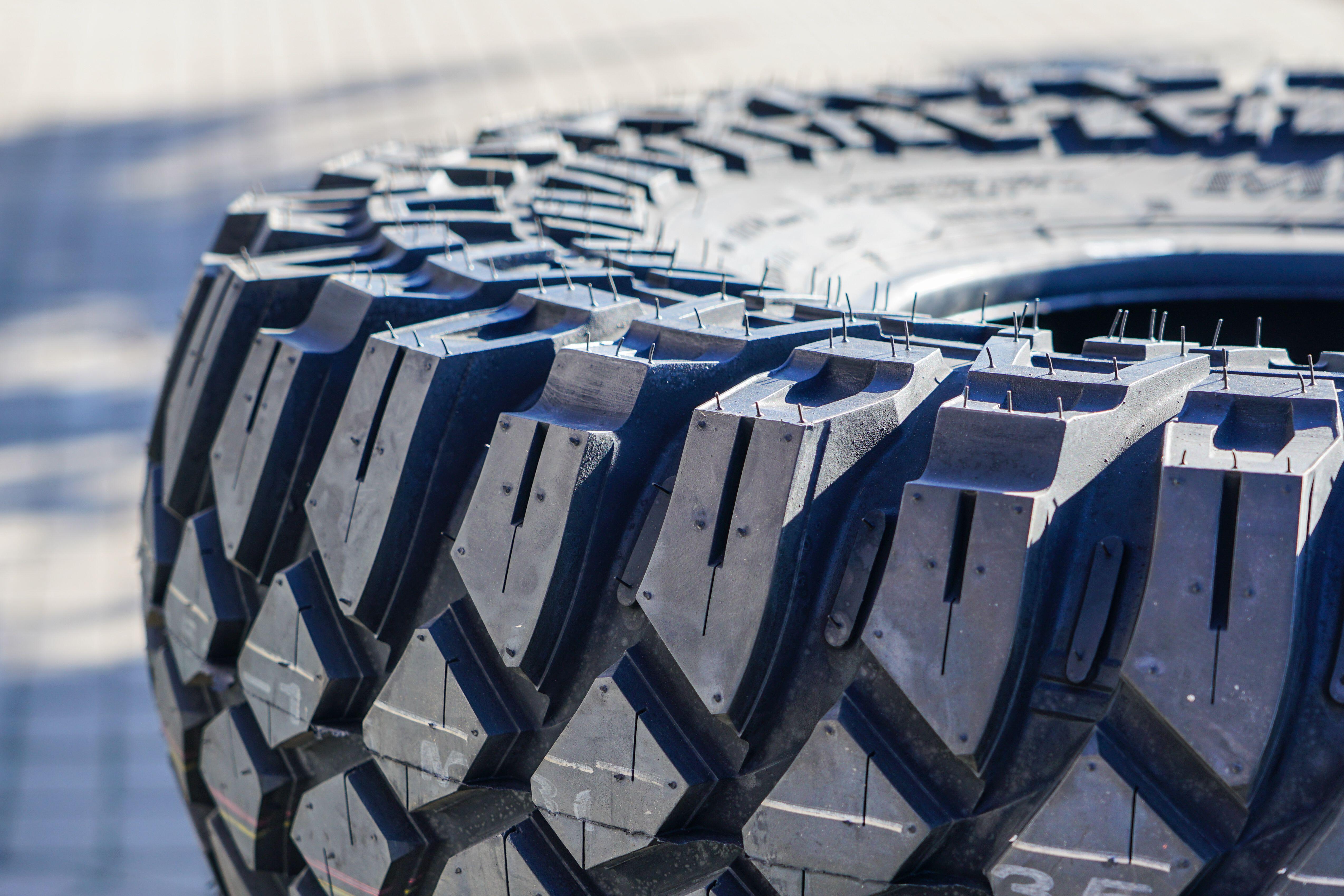
Mud-Terrain tyres could be best for getting deep into the wilds…and home again.
Do keep in mind that generally heavy off road tyres tend to be more square in their profile, so on the motorway they tend to find the lorry ruts and camber more, which can make the steering and ride a bit wobblier. They are also less environmentally friendly
Choices, choices
We all know the big brand companies, and the more budget ones, so me giving you a list of names is pointless. Instead, let’s get hypothetical. If you’ve got an old Defender, the tyre world is your oyster but where do the soft road drivers and cross over lovers stand. Imagining I had an A6 all-road, I took a look at Hankooks, a great-value for money tyre manufacturer, with a pretty user-friendly site. A key consideration for people with softer 4x4s is wheel size. Some chunkier offerings can rub on wheel arches so options are limited. However, I was surprised by the offerings. With large 255/55/19 inch wheels, we could furnish them, to my surprise with 2 varieties of ATs and Hankook aren’t alone. Fallen, Cooper, Good year, General Grabber, Pirelli and more can supply us. On average £110-170 per tyre.
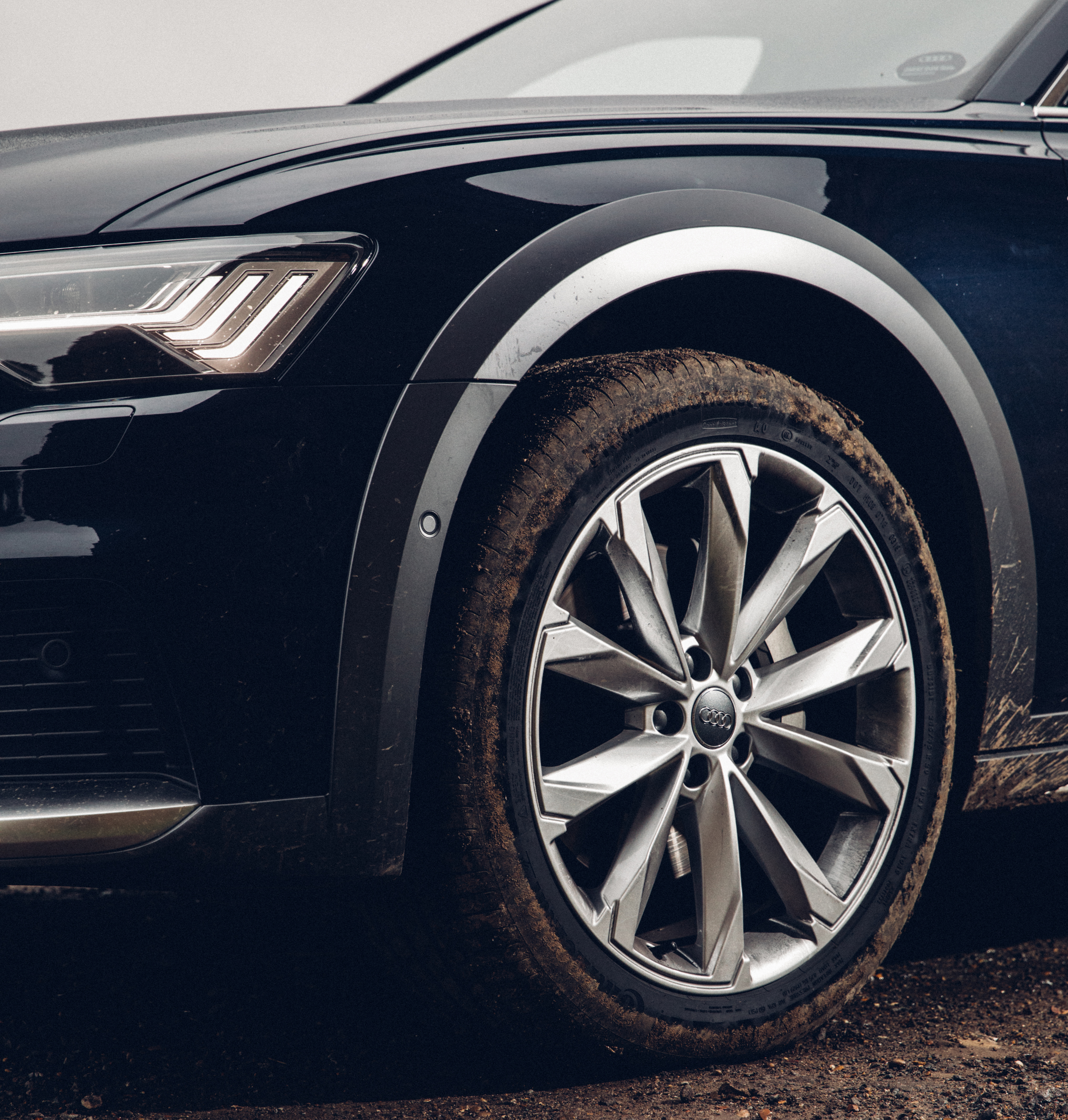
An indestructible workhorse like an old Defender is one thing, but which tyres get the best out of a “soft” roader like the Audi A6?
Another frustrating factor is that we’ve all gone a bit bling. Many manufacturers supply their trucks with big alloys, which again limits our choices. Turning our attention back to Hankooks, if you’re the envy of your neighbours with 20 inch wheels, I’m afraid winter tyres or all season numbers are your lot, but to be fair they look fairly encouraging. On the flipside, smaller SUVs, like Vitaras normally use a popular size like 205/55/16, which doesn’t leave you with many options but then again, you’re less likely to get bogged down.
Let’s say I was that A6 driver, on big alloys, winter Hankooks for our A6 come out at £160, the average across brands is £150-100 per tyre, likewise the all-terrains are a similar price. Winters might be my option and if I was feeling flush I would maybe buy a second set of wheels.
For a higher end top spec AT tyre, for those who like their tyres chunky, you could be getting up to and beyond £250/350 per tyre. However most of the top brands cater for all budgets. High to middle price range we’re looking at £200-£150 per tyre. What I would say is that I’ve used expensive ones that have been great but haven’t lasted, and I’ve had budget ones that have performed well and lasted longer. I have also found both can get damaged or punctured just as easily.
Next time you’re on the gun bus and someone says a 4×4 is only as good as its tyres. Tell them they’re sort of right but in truth, it’s more important that the driver knows how to drive when the going gets rough.
Related articles
Manage Consent
To provide the best experiences, we use technologies like cookies to store and/or access device information. Consenting to these technologies will allow us to process data such as browsing behavior or unique IDs on this site. Not consenting or withdrawing consent, may adversely affect certain features and functions.
Functional Always active
The technical storage or access is strictly necessary for the legitimate purpose of enabling the use of a specific service explicitly requested by the subscriber or user, or for the sole purpose of carrying out the transmission of a communication over an electronic communications network.
Preferences
The technical storage or access is necessary for the legitimate purpose of storing preferences that are not requested by the subscriber or user.
Statistics
The technical storage or access that is used exclusively for statistical purposes.
The technical storage or access that is used exclusively for anonymous statistical purposes. Without a subpoena, voluntary compliance on the part of your Internet Service Provider, or additional records from a third party, information stored or retrieved for this purpose alone cannot usually be used to identify you.
Marketing
The technical storage or access is required to create user profiles to send advertising, or to track the user on a website or across several websites for similar marketing purposes.




